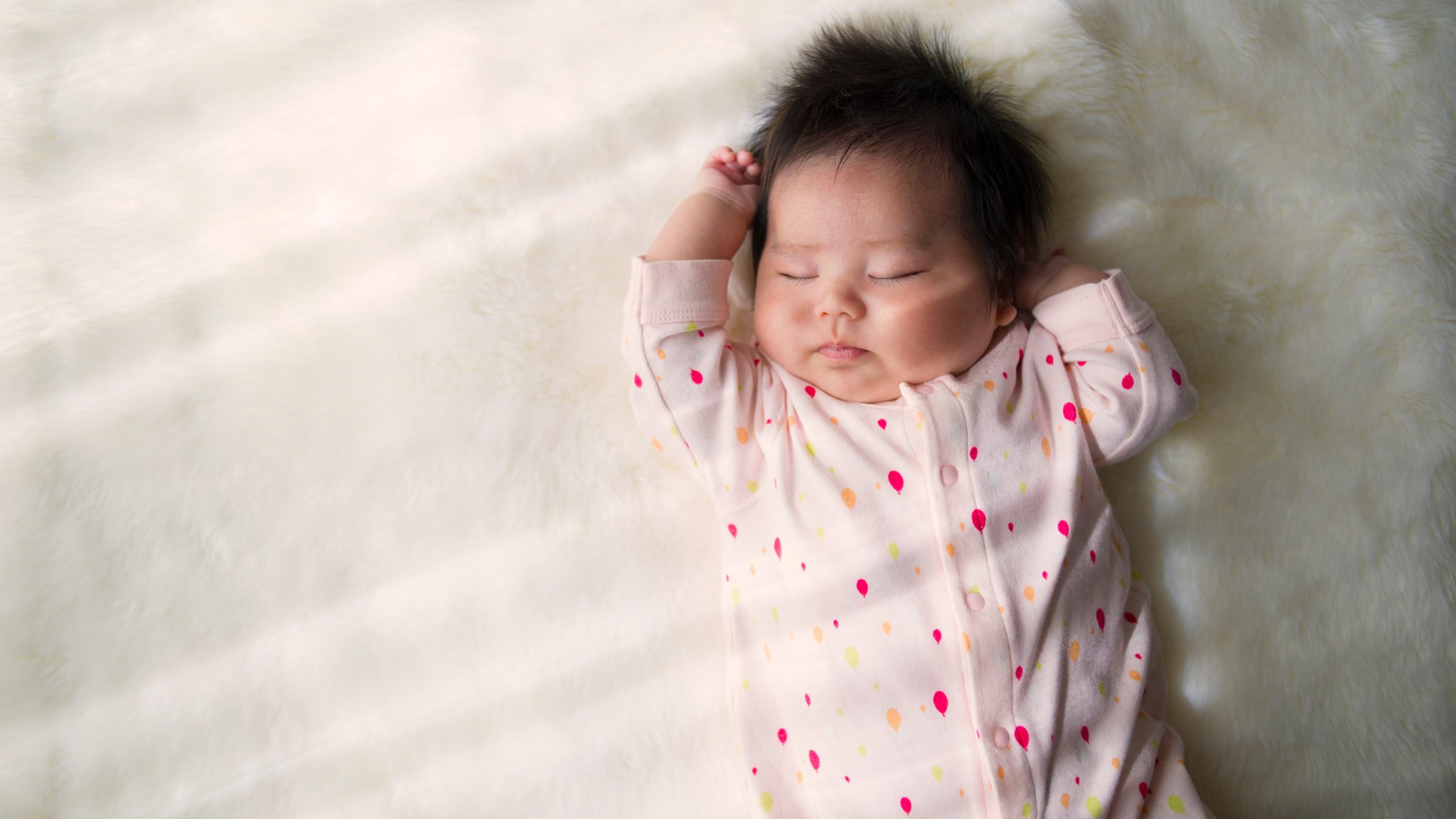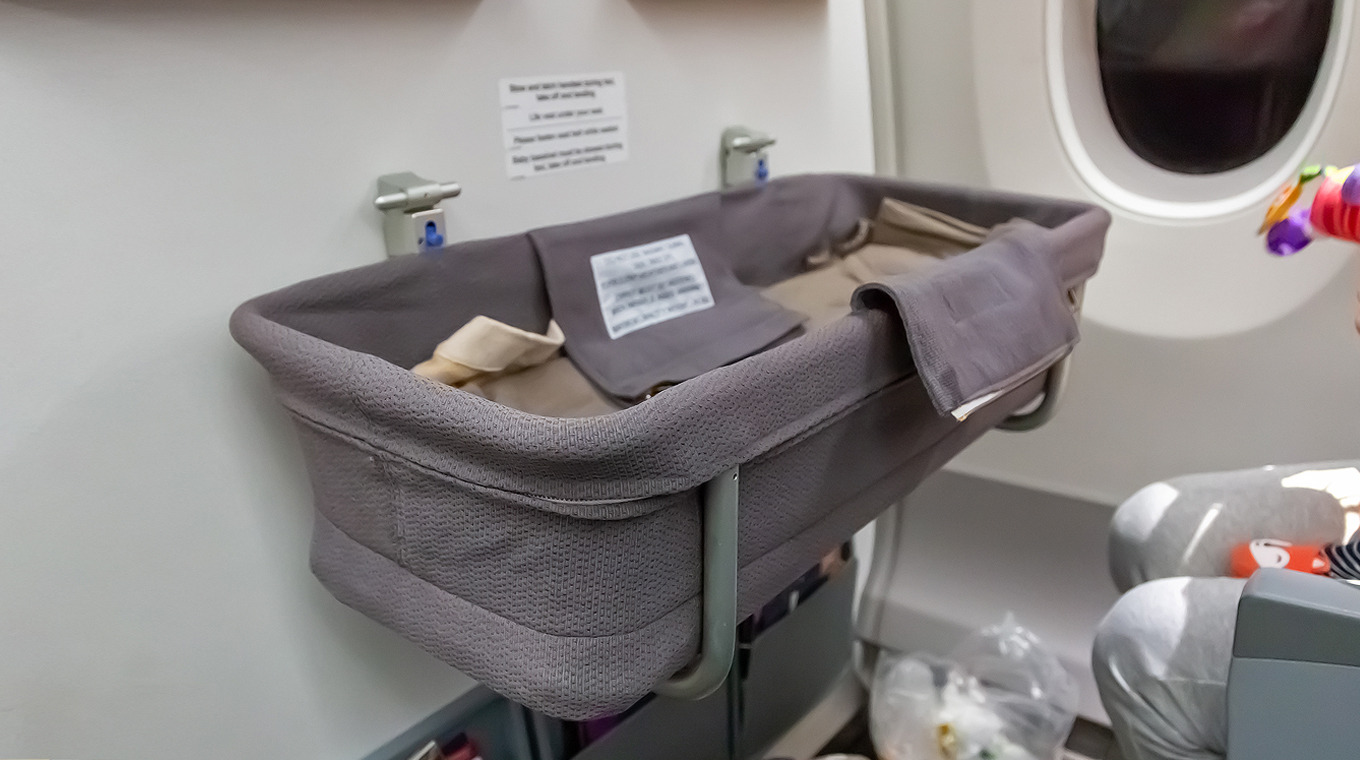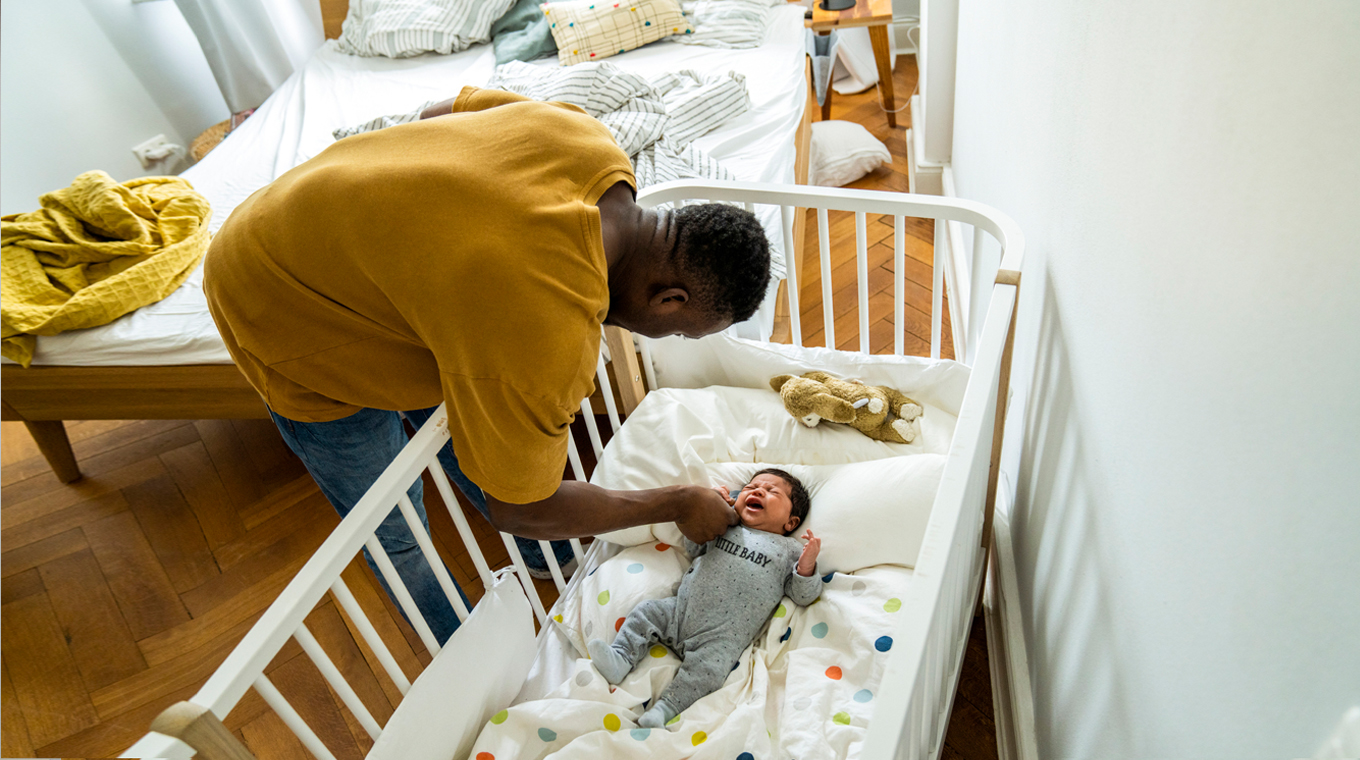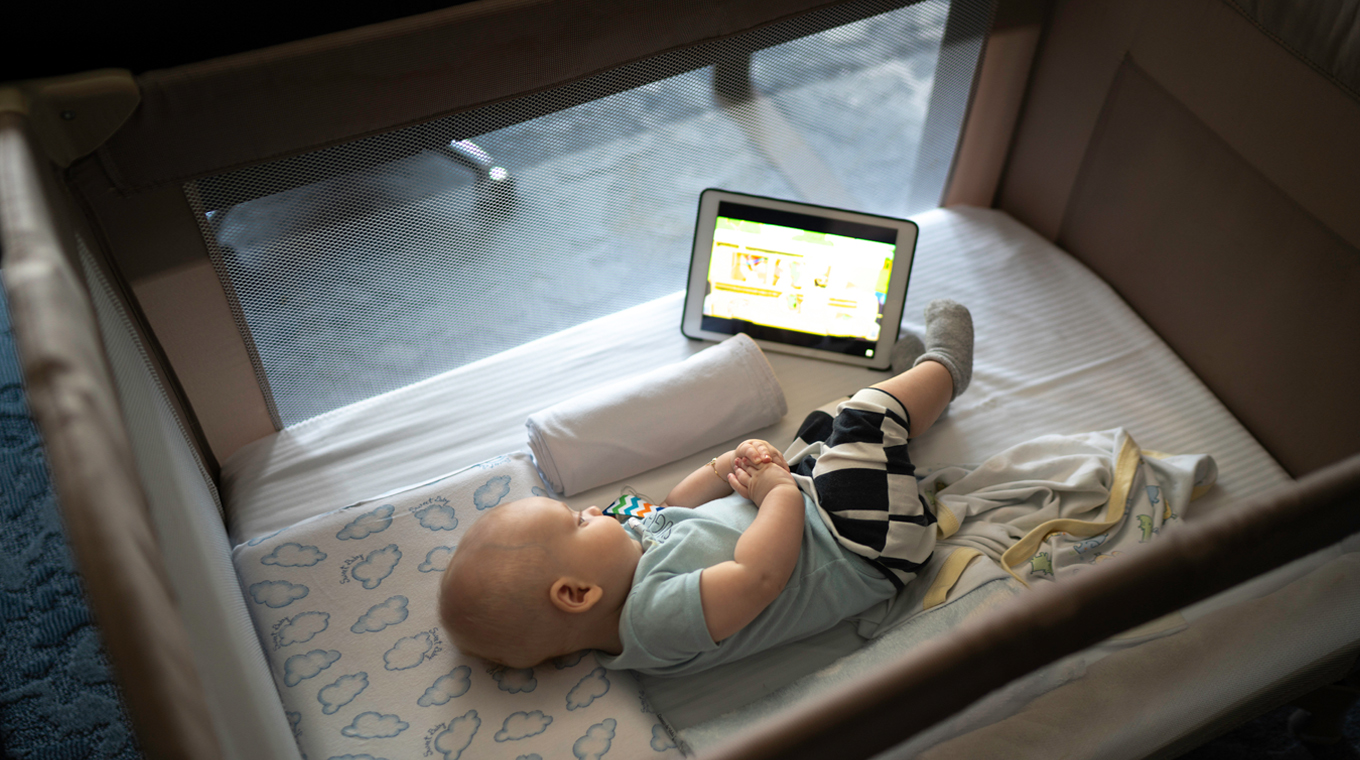
In this article
When you have a newborn, it can often feel as if everything you used to be able to do suddenly takes on new weight and feels completely overwhelming. No matter that you have a helpful partner, everything from what kind of car seat to buy to trimming your baby’s nails for the first time can be daunting. Even if you’re a well-seasoned traveler, traveling with a newborn can be tricky, especially when it comes to bedtime safety. Here are some tips to keep your newborn safe while sleeping and traveling.
Due to viral illnesses and other infections, most experts suggest limiting your new baby’s exposure to big groups of people until your newborn’s immune system is a little more developed or they’ve already started their vaccinations. Please check with your child’s medical professional about your family’s situation. Some types of travel, such as by car, might be a little safer or easier than perhaps going on a multi-stop plane trip.
How to get newborns to sleep while traveling

Another concern many parents have during travel is how and where your baby will sleep — whether en route or at the destination.
Car rides
For car rides, make sure you have an appropriate, rear-facing car seat for your child at all times the car is in motion. Your baby should be able to sleep safely and comfortably in the car seat — however you will have to make stops for feeding, changing, and perhaps comfort.
Make sure there is enough airflow around their face so they can breathe unobstructed. During the colder months, do not put your baby in a car seat with a bulky jacket or coat. Instead, put your infant in the car seat and buckle them securely, then lay the outerwear or blanket on top.
Also, resist the urge to let your baby sleep in the car seat for extended periods. “Infant car seats have been designed and tested not only to protect your baby in a collision but also to ensure that if your baby does fall asleep in the seat, the risks of slumping down, chin to chest and blocking airflow, are low. Still, car seats aren’t appropriate for extended, unobserved sleep,” Dr. Emily A. Thomas — a specialist in pediatric injury biomechanics — told Consumer Reports.
Travel by bus or train
If you’re traveling by bus, train, or ferry, you can always put your baby in a stroller or travel system and your newborn can sleep in those. However, it can be a little dangerous to keep the stroller in place and stable on a moving vehicle. Also, it can be relatively difficult to navigate stairs, differently leveled platforms, and due to space concerns, you may need to collapse your stroller and carry your baby.
Many parents prefer to wear their babies in infant carriers and thereby keep their hands free and not worry about carrying or collapsing a stroller. It makes for a safe and comforting place for babies to sleep, too.
Airplane travel
Depending on the guidelines for your airline, you usually do not have to book a seat for a child that is under 2 years old. However, airlines also have guidelines on a minimum age they will allow an infant to fly, as well as individual baggage checking rules regarding car seats and pack ‘n plays. Generally, car seats are free but pack ‘n plays are not and count towards your baggage limit.
If you ask to sit at the bulkhead, some flights will have a baby bassinet they attach to the bulkhead itself. However, those seats fill up fast. Some people buy a seat for their baby and install a car seat on the plane. Others choose to strap their babies into a baby carrier while they are seated. Still others buy special products for like mom of two, Elizabeth Chan. “We had an Eddie Bauer infant bed for the plane,” she told us.
Please check ahead with your airline’s guidelines and follow their guidance.
What should a newborn sleep in at your destination

When you finally get to your destination, many parents bring travel cribs or co-sleep with their babies on the bed while following the recommended safety precautions. Many parents will bring white noise machines to help their babies block out unfamiliar sounds.
“My daughter and I traveled to New York City when she was 3.5 months old,” Miranda Wicker told Mom.com. “I wore her everywhere and we co-slept, just like we did at home except in New York.”
“Our babies slept as newborns in pack ‘n plays in all sorts of closets while traveling,” said Jessica Eastman Stewart. The mom of two cautioned that travel cribs can be expensive to check as an extra item when flying, but they would bring one if they drove somewhere. “We would buy one to leave at the location if we planned to visit again (like grandparents),” she told us.
Stewart has also rented from baby gear rental companies, borrowed from hotels, chose AirBnbs that advertised having a pack ‘n play, and have even purchased a cheap one on site and then donated to a local Goodwill.
Precautions to take when putting your baby to sleep during traveling

Remember: just because you’re sleeping in a new place, the same newborn safety rules apply.
“Travel cribs should still feel the same as a regular crib, with a firm surface to lay on. Call ahead to where you’re staying to make sure the room you’re staying in has adequate space for your travel crib,” spokesperson for the American Academy of Pediatrics (AAP) Dr. Steph Lee, M.D. told us. “Safe sleep recommendations from the AAP include a fitted sheet over the mattress, no fluffy pillows or linens, and to swaddle infants until they’re able to roll over,” added the pediatrician.




